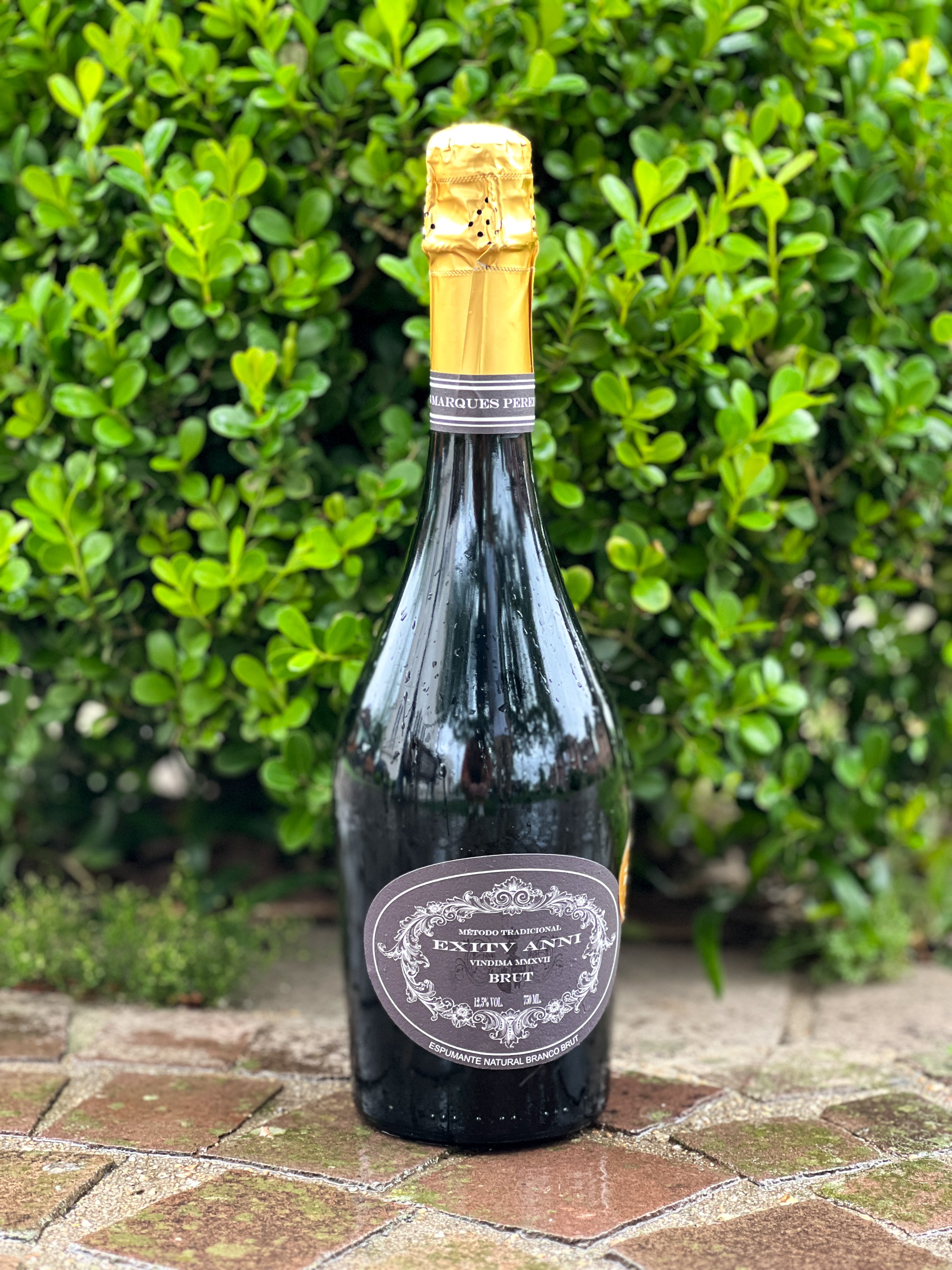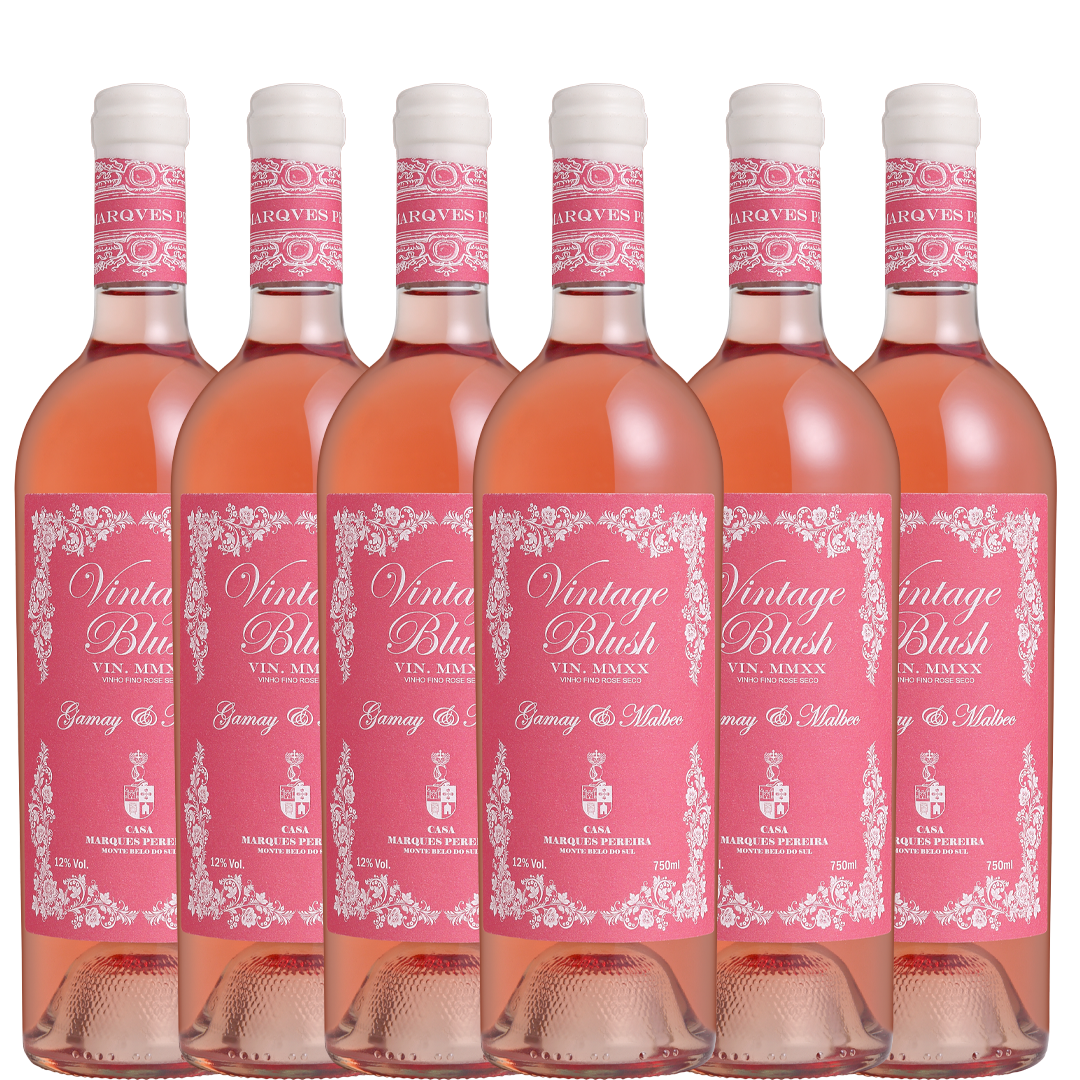How to Choose the Right Wine Glass?
What's the first thing we do after opening a bottle of wine? The answer is probably quite simple: Pour a beautiful, generous glass. The iconic transparent glass has unmistakable details, but countless variations.
About Glass Cups
The image of a wine glass is certainly inextricable. It's impossible not to visualize the classic figure of the large bowl resting on a thin, delicate stem extending to the base. Despite its classic nature, the wine glass as we know it today is the result of a long journey of alterations and adaptations. The idea of using glass as a vessel for drinking wine dates back to almost 500 BC, between Egypt and Mesopotamia, where people used slightly curved "plates" with a rim and a flat base. Just 300 years later, with the invention of the blowpipe, the first bubble-shaped examples began to appear.
The stemmed, bowl-shaped goblets as we know them today only appeared between the 3rd and 4th centuries, serving exclusively the European nobility. At that time, goblets came in various colors, some even having handles! It was only during the height of the Roman Empire that goblets began to become popular and enter the homes of the less affluent. The glass industry continued its development, reaching new heights with the mastery of chemical compounds, modern furnaces, and especially with the invention of the automatic glassblowing machine in 1903, making the production of goblets and other glass containers much faster, more efficient, and cheaper.
Different Types of Glasses
Precisely because it has traveled such a long path, the shape of wine glasses has never been a consensus, being much more a reflection of the customs and culture of the place of manufacture. Modern design appeared in Venice in the 1400s, but the idea of creating specific glasses for a type of wine only emerged in the mid-20th century, accompanying the growth of wine culture and the obsession of professionals and wine lovers with the maximum extraction of its characteristics.
In fact, the design of the glass directly influences the tasting experience; it's not just another charming detail in this fascinating world. Indeed, each type of glass was designed to enhance specific characteristics of each style of wine, or even a single variety! Scientific studies have been conducted to track evaporation in wines within each glass. These experiments showed that the vapor, which carries the aromas of the beverage, behaves differently depending on the design and size of the glass. Even the shape of the rim was designed to direct the liquid to a specific part of the mouth.
How to choose the right wine glass?
Even though there are hundreds of types of wine glasses, some general rules should be considered when choosing one for opening a wine at the table. Generally speaking, red wines need glasses with a wider bowl, allowing for better aeration, while glasses for white wines have a narrower rim, allowing for the concentration of their delicate aromas. Let's look at some of the main types:
Red Wine Glasses: The most traditional glasses, easily found even in supermarkets, have a long stem and a large bowl, allowing more contact between the liquid and oxygen and helping to release aromas. There are several variations of this glass, such as the Bordeaux glass with a wide bowl but a more closed rim, concentrating its aromas and allowing plenty of space for oxygenation of full-bodied and complex wines like the Segredos da Adega Cabernet Sauvignon 2014. Another popular model is the Burgundy glass , with a balloon shape and a larger rim directed towards the center, allowing for greater evolution of aromas and directing the liquid to the center of the tongue, reducing the first impression of acidity, perfect for complex and aromatic reds and even some white wines aged in oak.
White Wine Glasses: Even though their design is similar to that of red wines like Bordeaux , they have smaller dimensions, reducing the contact area with the air and keeping the beverage's temperature stable for longer, essential for white wines with their floral and intense aromas.
Rosé Wine Glasses: Rosé wines have the freshness of white wines but the tannins of red wines. There are two main models, where the main difference lies in the rim of the glass. The more traditional model is similar to white wine glasses, but smaller in size, while the model for young and more vibrant rosés, such as Vintage Blush Rosé Gamay and Malbec, has a rim that curves outwards, highlighting the sweetness of the drink.
Sparkling Wine Glasses: Heavily influenced by culture, their shape has changed drastically in recent years. Today, the most common glasses are those we call flutes , which favor the observation of the perlage , the bubbles of the sparkling wine. There is currently much debate about the shape of the glasses for best appreciating the liquid; experimenting with white wine glasses, for example, is worthwhile.
Crystal glasses are superior to glass ones, but the main factor is definitely their shape, and to make your decision, also consider how difficult they are to wash and even their fragility. Of course, you don't necessarily need dozens of different glasses on your shelf, or even a single glass in case of emergency, but understanding each style better can help in defining how to store and enhance your favorite wines.















